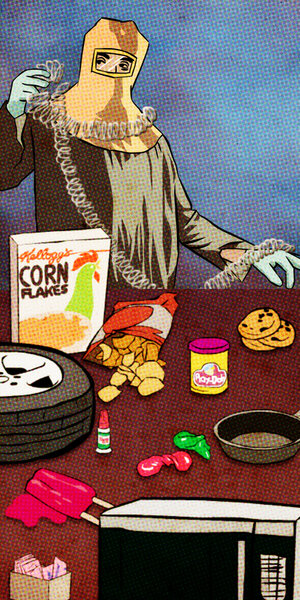The modeling “Doh,” with the unique smell, that children (and even adults) love to play with was not originally used for fun and games. In fact, it was used for the exact opposite: cleaning.
Before World War II, coal was commonly used to heat homes, which left soot stains on walls. Noah and Joseph McVicker of Kutol Products, a Cincinnati-based soap manufacturer, created the doughy material to rub the soot off wallpaper. However, after the war, natural gas became a more common heat source. As coal was phased out, few people needed Kutol’s cleaning product. The company faced bankruptcy.
In the early 1950s, Joseph McVicker learned that his sister, a schoolteacher, used the material in her classroom as modeling dough. And thus, Play-Doh was born. The McVickers decided to market their nontoxic creation as a children’s toy. In 1955, they tested their product at nurseries and schools. A year later, they created the company Rainbow Crafts.
The “Play-Doh smell” came from the McVickers trying to hide the original cleaning aroma. Many ingredients of Play-Doh are not publicly known, but it is said that the McVickers added an artificial almond scent to the recipe.
In 1956, Play-Doh was first sold at Woodward and Lothrop, a department store in Washington, D.C. It came in only one color – off-white. Colored Play-Doh came out the following year and was sold at more department stores, such as Macy’s in New York. The McVickers became millionaires as Play-Doh ads were broadcast on kids’ shows such as "Captain Kangaroo," "Ding Dong School," and "Romper Room."







